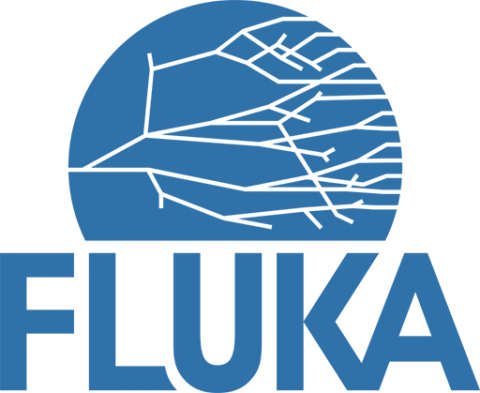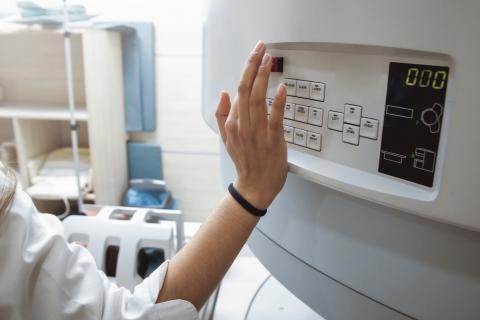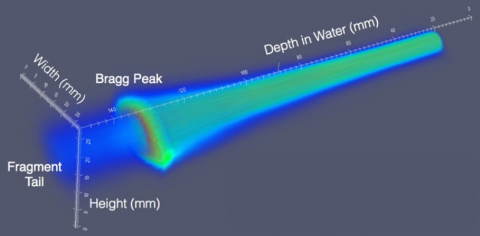
In 2016, there were eleven requests for FLUKA licences. Mainly from companies performing shielding studies, but also from some in the field of safety, inspection and auditing that requested the technology, as well as companies working in radio-protection related to dismantling activated industrial facilities.

Initially developed for use by CERN's radiation protection group and the fire brigade, CERN's B-RAD portable radiation survey meter uses innovative solutions based on silicon photomultipliers to continue operating in the presence of high magnetic fields.

CELESTA stands for CERN Latchup Experiments Student sAtellite and will be the first CERN-driven microsatellite.

FLUKA is a particle transport and interaction simulation code, originally developed by CERN and INFN for particle physics, which finds applications in a wide range of other domains including medical.

FastIC project catching the attention of the Medical Imaging industry.

VZLUSAT-1 is a technological nanosatellite for in-orbit demonstration of new technologies and products.

A team of experts from CERN shared their expertise on machine learning with Sanofi Pasteur, the vaccines business unit of Sanofi, a global life sciences company.

MAGICS Instruments receives license for CERN developed DC/DC converter chip.


